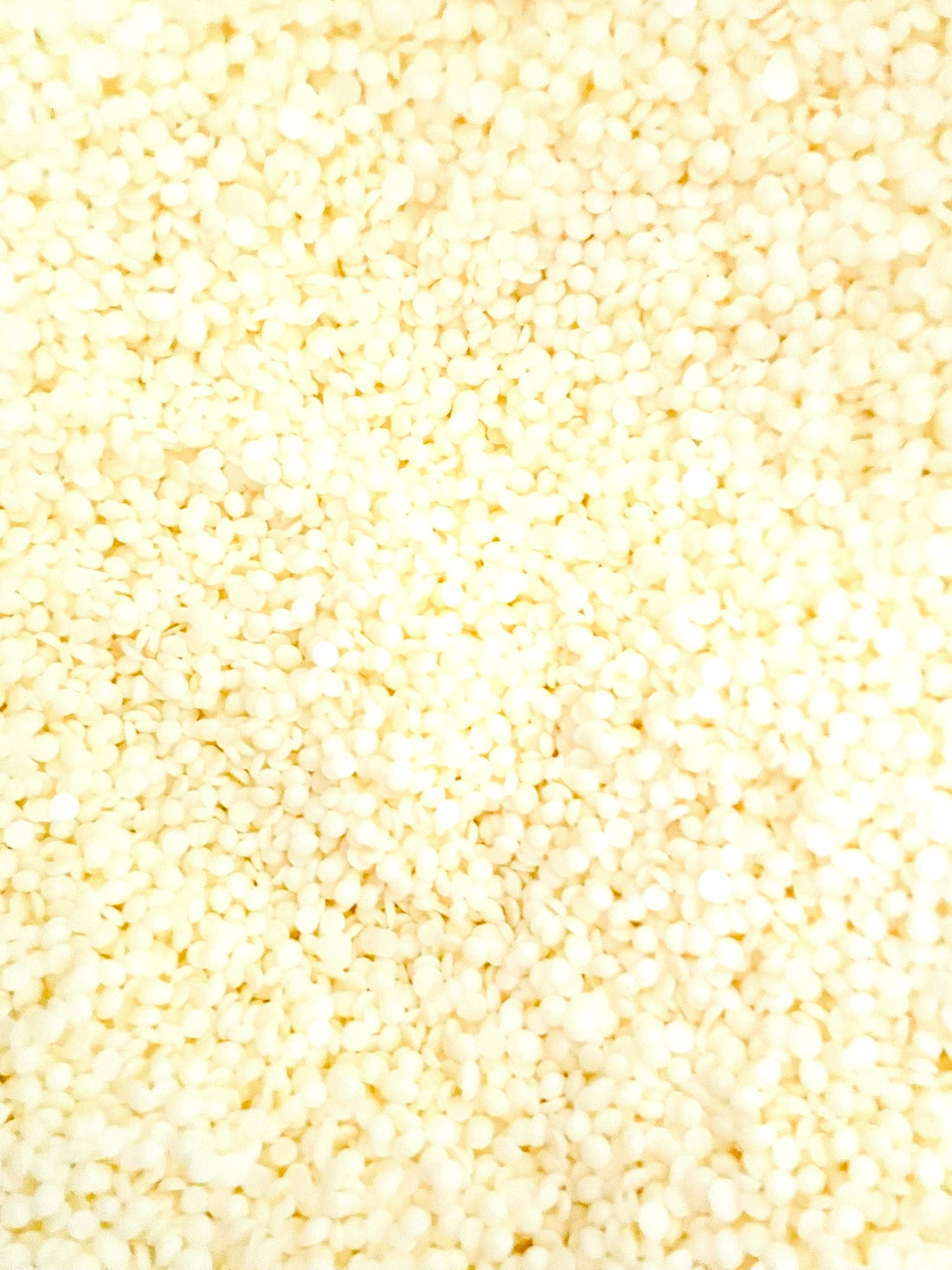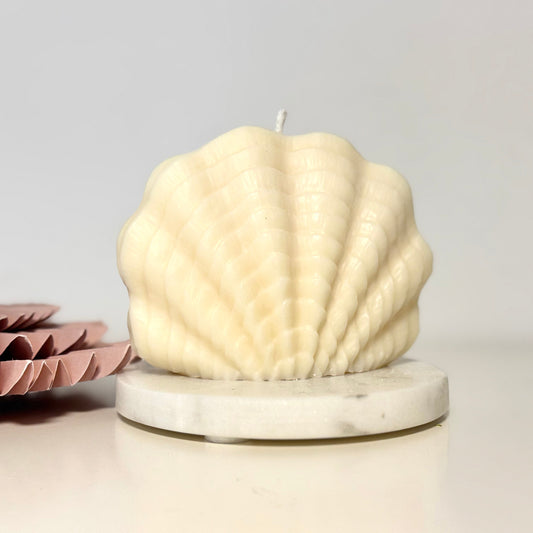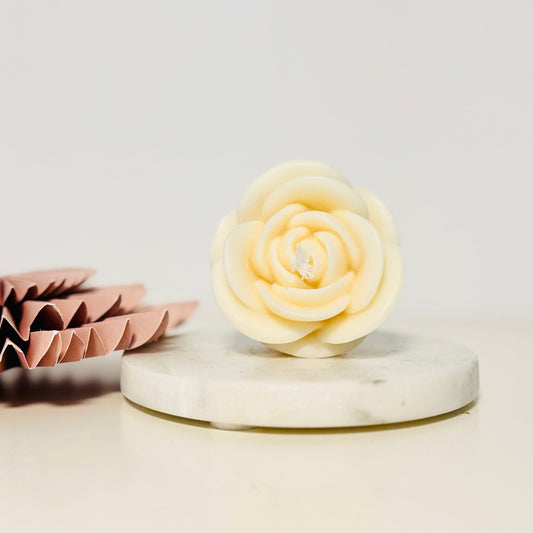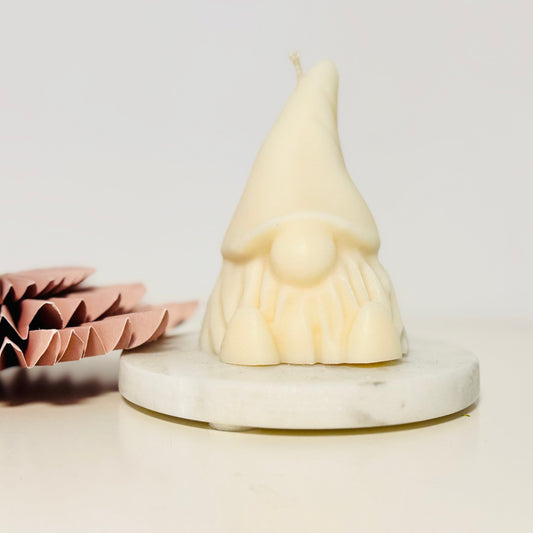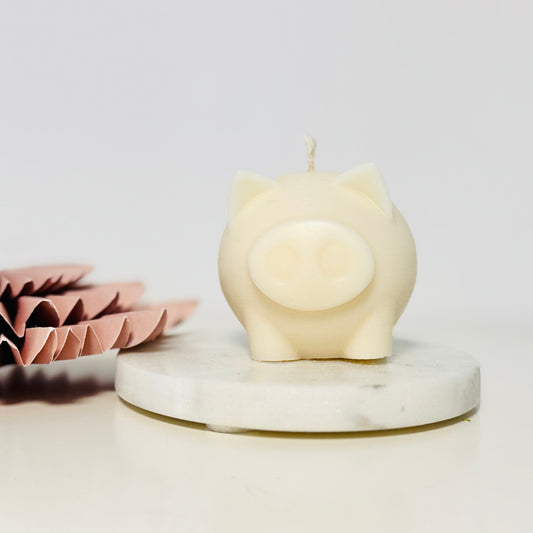The production of rapeseed wax
Split
Candles have been a symbol of light, warmth and coziness for centuries. While beeswax and paraffin used to be the main ingredients of candles, a new favorite has established itself in candle making in recent years: rapeseed wax. But how is it made?
The production of rapeseed wax
Rapeseed wax is extracted from rapeseeds, which come from the rapeseed plant (Brassica napus). This plant is widespread in temperate climates and is used for both food production and the production of biofuels. But the use of rapeseed goes far beyond these applications - its seeds are also a source of high-quality wax.
The production of rapeseed wax begins with the extraction of rapeseed oil from the seeds. This oil is then subjected to refining to remove impurities and produce a pure, high-quality oil. The rapeseed oil is then hydrogenated to solidify it into a solid wax. This wax is naturally light yellow and has a pleasant, slightly sweet smell.Overall, rapeseed wax offers a variety of benefits for candle making, from its environmental friendliness to its excellent burning properties and natural scent.
-
Environmentally friendly: Rapeseed wax is a sustainable alternative to paraffin, a petroleum product. It is biodegradable and free of harmful chemicals, making it more environmentally friendly and contributing less to air pollution.
-
Even burning behavior: Candles made from rapeseed wax have an even burning behavior and burn slower than conventional candles.
-
Natural fragrance: Rapeseed wax naturally has a pleasant, slightly sweet scent that combines wonderfully with essential oils or fragrance essences.
-
Great burning properties: Rapeseed wax burns cleaner and more evenly than paraffin wax and leaves less soot deposits.
